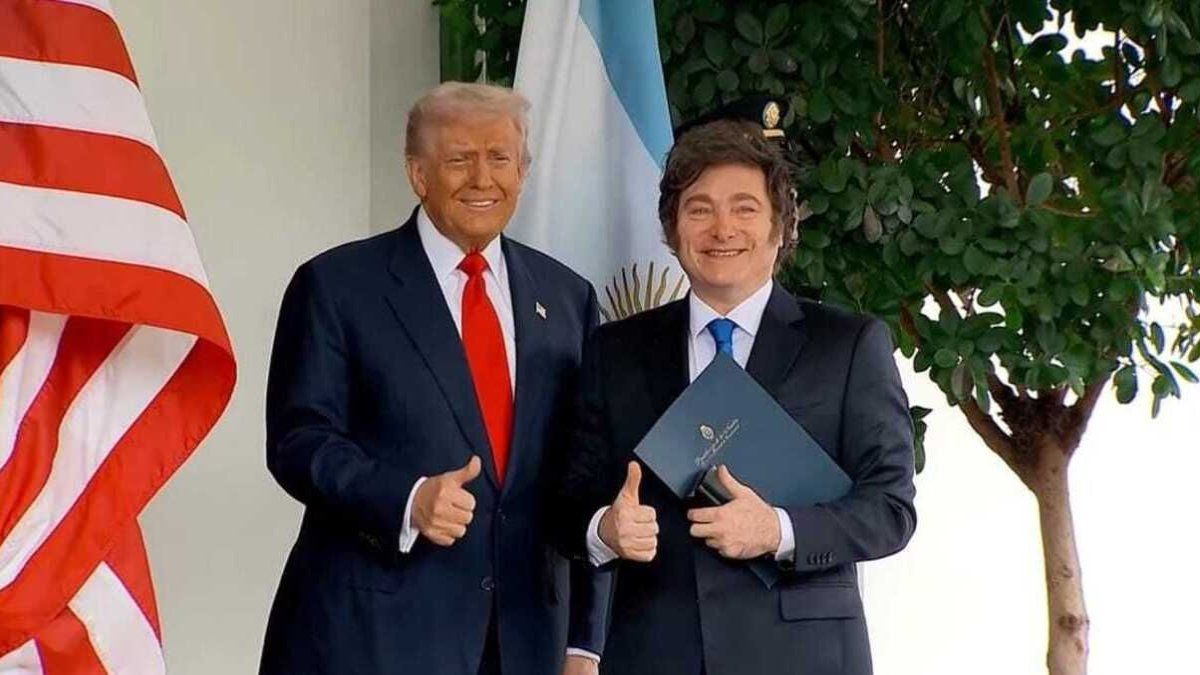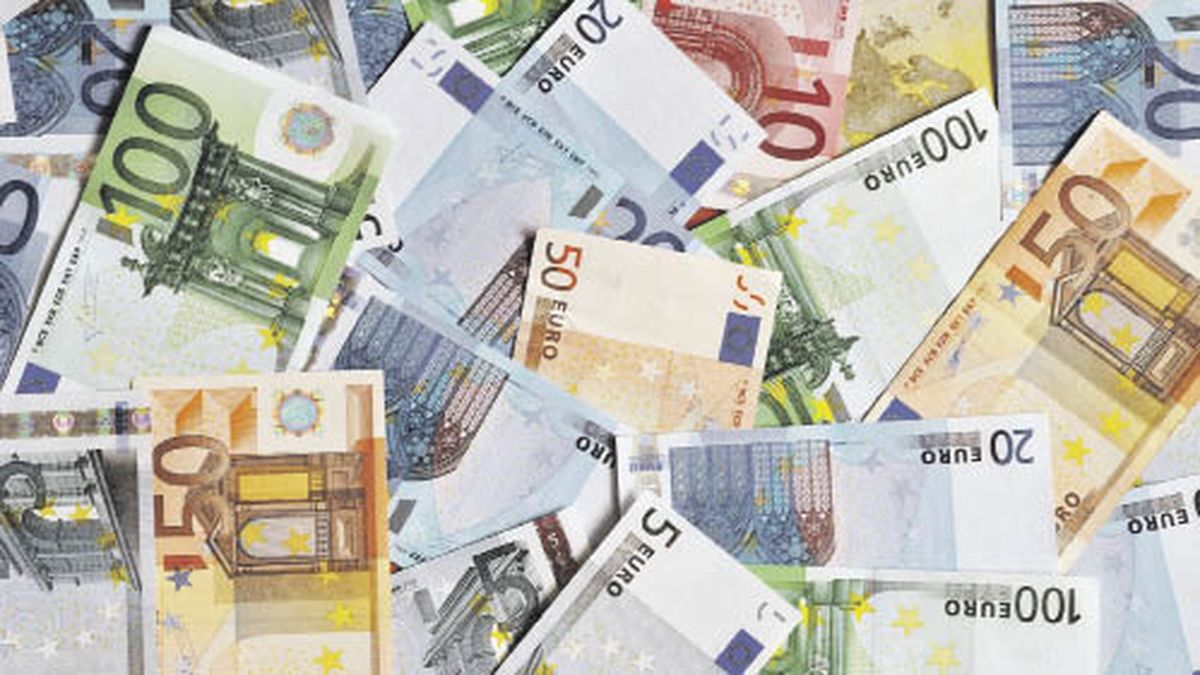Jane Stock is a technology author, who has written for 24 Hours World. She writes about the latest in technology news and trends, and is always on the lookout for new and innovative ways to improve his audience’s experience.
Menu
Tourism: Traveling is becoming easier: Croatia is a Euro and Schengen country
Categories
Most Read
Imports jumped 10% monthly and set a new record
October 20, 2025
No Comments
the keys to the agreement and the technical information that will be kept secret
October 20, 2025
No Comments
The White House expects the US government shutdown to end this week
October 20, 2025
No Comments
Are you a university student? DNI account offers an exclusive refund to save on your purchases in October 2025
October 20, 2025
No Comments
Donald Trump announced that he plans to seal a trade pact with Xi Jinping and travel to China next year
October 20, 2025
No Comments
Latest Posts

Soccer: Japan would leave the Asian confederation and create a new one in the east of the continent
October 20, 2025
No Comments
October 20, 2025 – 20:48 The JFA is considering leaving the AFC due to alleged favoritism towards the Gulf countries. The project contemplates adding South

Livestock producers refuse to import Argentine meat
October 20, 2025
No Comments
October 20, 2025 – 20:41 The producers were dissatisfied with the trade conflict with China and, in addition to this new announcement, they considered that

Euro today and Euro blue today: how much they closed at this Monday, October 20
October 20, 2025
No Comments
October 20, 2025 – 19:32 Look at how much the official euro and the blue euro are trading at. He euro today -without taxes- closed
24 Hours Worlds is a comprehensive source of instant world current affairs, offering up-to-the-minute coverage of breaking news and events from around the globe. With a team of experienced journalists and experts on hand 24/7.

